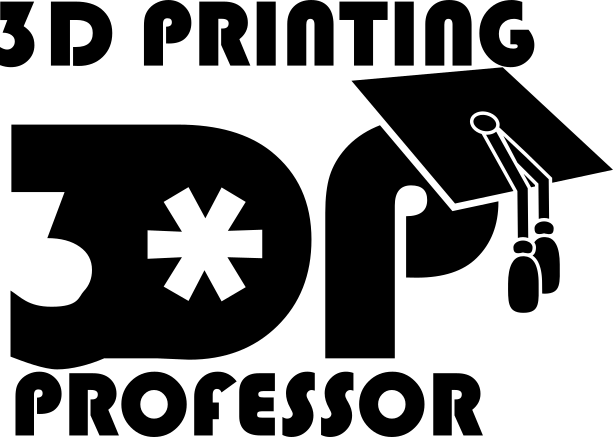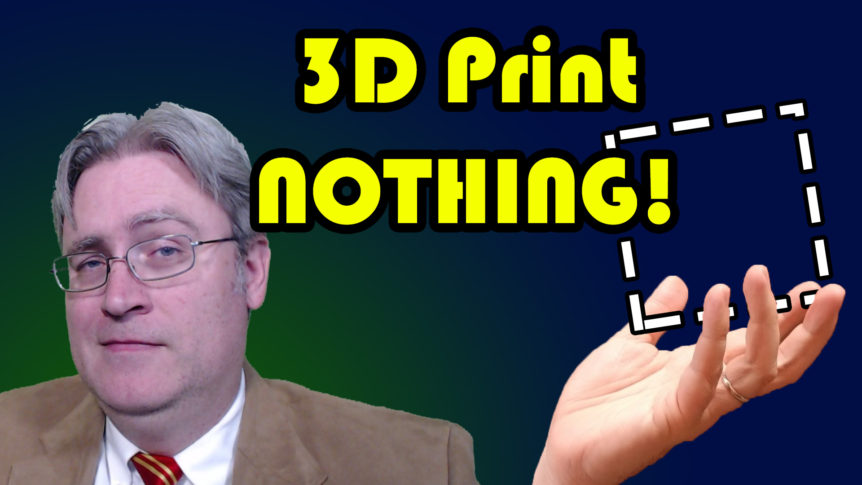Discovering this trick was an exercise in “there’s no way this would work… oh, it does”.
I’ve found that this sort of thing doesn’t always work the way you expect it, but when it does, Cura’s overlapping settings changes is one of the most powerful tools they have. You can even use a cutting mesh to say one part of a mesh should be one color, and one part should be another. Not as cool as Prusa’s ability to paint different colors, but pretty functional for dual material printers. But that could be a subject for a different video.
I’ve also been developing techniques for modeling greebley PrintABloks faster. Things like using Boolean collections to quickly add a bunch of objects together, using the “self intersection”, and of course dipping my toes into Geometry Nodes. These are all things that I’d love to do videos about. The problem is… YouTube doesn’t want me to make Blender videos.
This may divulge into the insanity around making content for YouTube.
YouTube, as a platform, has an agenda. What that agenda actually is I don’t know. No one does. I’m not sure YouTube does, as evidenced by them recently adding a tweak to their scrub bar that tells people what the most viewed portion of videos are. Before this tweak, everyone assumed that “the algorithm” was tuned to watch time. Maybe it was, but it clearly isn’t any more. Now viewers are being told “Skip the lows, go straight to the highs”, get that dopamine hit and click on the next video where they can serve up another 10 seconds of ads to the viewer.
Oh, yes, it’s all about the money.
And I get it. YouTube as an only mildly curated archive of expensive to store video, for which they are getting an obscene amount more of it each second… they gotta pay the bills somewhere. I do not envy them the task of keeping the light on, and I surely would have screwed it up before this.
But it is precisely the nature of YouTube, as a mildly curated archive of videos that made it so powerful. Because videos don’t get deleted after some time, like other platforms, YouTube is and remains superior to other platforms, especially in the realm of informational and educational content. But, they also promote or demote content based on a set of criteria that, it seems, they themselves aren’t even really aware of.
This latest little change, as all their little changes do, will probably have significant and lasting consequences on the platform, and dare I say it, the world. Especially when it comes to educational content. A lot of my content is deliberately educational, so I worry about this. But it will also impact other types of content as well. If YouTube is favoring the hit it and move on model, so that they can serve up more ads, then content that encourages, you know, watching it, will be deemphasized. And on a platform like YouTube, being deemphasized is a death sentence.
So it seems now that YouTube would be happy if content creators were doing nothing but vapid, dopamine hit compellations. And, quite frankly, that’s what I foresee they’re going to get. More and more content with no value, utterly without redeeming social importance.
But that’s not what I want to do.
There’s also a conversation I could have about the internet hating hard work.
If you’re actually read this far, you clearly are not YouTube’s target demographic. You have staying power and understand the value of delayed gratification. Give yourself a chocolate for that. You’ve earned it.
Now for the confession.
I’ve made a lot of mistake on my YouTube channel. They weren’t mistakes at the time. My channel was what I wanted it to be most of the time, and most of the time I didn’t care if it was successful or not. It was successful enough. Most of my success came from being one of the few channels out there with a focused interest in 3D printing. But as time as gone on, I feel now my channel, as it is, is on a decline lately, and nothing I can do will pull it out.
Quick aside about “the algorithm”. Whenever people say their video is being held back by “the algorithm”, or saying it got promoted by “the algorithm”, it brings to mind imagery of a computer watching the screen, counting up the pixels, and deciding if one video will be a success, while another fails. But that’s not the way it works. The algorithm’s input isn’t the video itself, but how a small sample group of people react to the video. If that small sample group responds with [insert positive criteria here] then that video is suggested to a larger audience. So who is that sample group? Again, I can’t really say, and I don’t think anyone can, but, maybe there’s a clue with the message that accompanied recent videos of mine that underperformed.
“This video isn’t appealing to your core audience”.
In other words, “The people who normally like your videos don’t like this one.”
So what if you’re trying to grow your audience? Well, the algorithm will show your content to your core audience first, and if they don’t like it, it won’t be shown to anybody else. This makes is very challenging to grow your audience or try anything new, if you have an established audience. Now, this implies that new channels or channels without a core audience have a different grading criteria. Meaning, if you can make a new channel and hit the ground running, you’ve got a chance.
All of this is to say I’m holding back my Blender based content and considering starting a new channel. But I only have so much bandwidth for making content. So if I do peruse, say, a Blender-only channel, This one will have to languish while I work on that. But it might give me that chance to use what I’ve learned to make a channel that will be more successful, while still doing what I love: teaching people.
It’s a heavy decision, and one that I’m currently weighing, while at the same time, considering my next kickstarter.

